I am running a console application that takes data coming from various sensors around the house. Sometimes the transmission is interrupted and thus the packet does not make sense. When that happens, the contents of the packet is output to a terminal session. However, what has happened is that while outputting the erroneous packet, it has contained characters that changed character set of the current terminal window, rendering any text (apart from numbers) as unreadable gibberish.
What would be the best way to filter the erroneous packets before their display while retaining most of the special characters? What exactly are sequences that can change behaviour of the terminal?
I would also like to add that apart from scrambled output, the application still works as it should.
